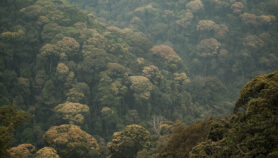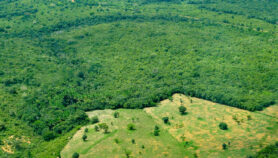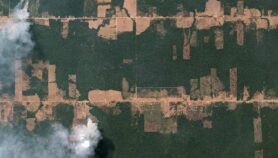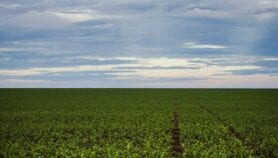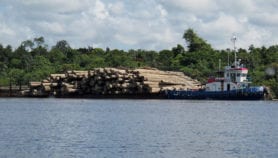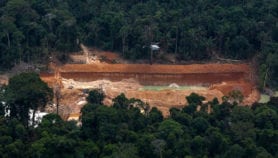Send to a friend
The details you provide on this page will not be used to send unsolicited email, and will not be sold to a 3rd party. See privacy policy.
We must take notice of the hydrological ecosystem services of tropical forests to avoid "mega-droughts" and devastating wildfires in Amazonian forests, says Brazilian conservation biologist Carlos Peres.
The severe droughts of 1997, 1998, 2005 and 2010 changed the general view that tropical forests can resist fire destruction because of the moisture stored underneath heavy canopies, Peres says.
Large-scale climatic changes, such as the warming of the Atlantic sea surface, increasingly outweigh the drying effects of the Pacific’s El Niño events and drive such droughts. Extreme droughts can breach the flammability threshold of tropical forests, triggering a feedback loop that leads to increasingly more intensive fires.
But forests create a hydrological buffer against extreme climatic conditions — providing an ecosystem service not recognised widely, argues Peres.
Logging aggravates dry conditions in the forest understory (the section close to the ground) by puncturing a closed canopy cover that helps retain moisture, and by adding to the flammable material that can fuel a fire. Nothing can prepare forest ecosystems or the 21 million people living in the Brazilian Amazon alone for a loss of trees at such a large scale, says Peres.






